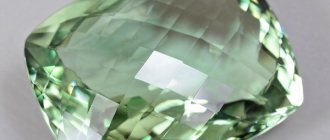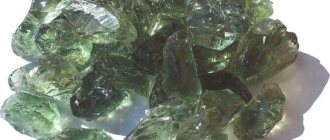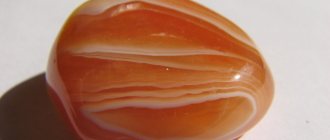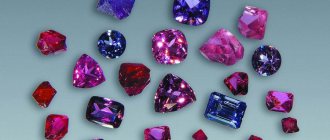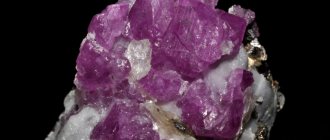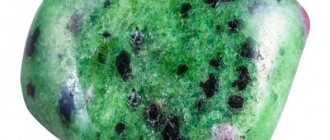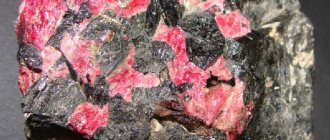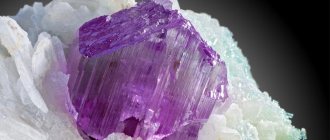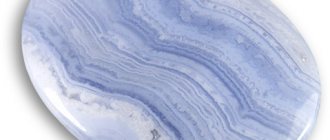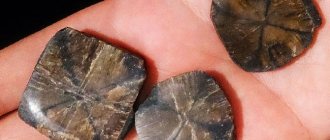History of the stone
Western civilization was introduced to the mineral by the Dutchman Henrik van Pren, governor of the Cape Province in South Africa. At that time (XVIII century) it was a Dutch colony.
The Frenchman Balthazar Georges Sage described the gem, but considered it a chrysolite.
The German mineralogist A. Werner brought clarity. He proved that this was a new mineral and proposed to name it in honor of the discoverer. Van Pren did not live long enough to see this day.
But the history of the name was just beginning. It was created by the found varieties of gems:
- Prehnite stone is known as Cape peridot, Cape emerald, adilite, chiltonite.
- When the Carthusian monks introduced their own Chartreuse liqueur, prehnite became the “Chartreuse-colored mineral.”
- Asian deposits of prehnite gave the world a variety of “grape jade”: hollow greenish stones resembling grapes.
- The discovery of deposits in Australia fueled interest in the stone. The result was the registration of the “solar jade” trademark. The second commercial name is “sun in a bottle.”
- The Russian gem from the Urals is extolled by Mikhail Pylyaev in a book about precious stones and their magical properties.
Along the way, they came up with methods for refining stone using irradiation and heating.
The pride of the Calgary Mineralogical Museum (Canada) is a prehnite cabochon weighing 38 carats.
The guru of Soviet mineralogy, academician Alexander Fersman, identified prehnite as a third-order gemstone.
A new peak in the popularity of the stone occurred in the 1970s and has not subsided to this day.
Questions/Answers
We will be glad to receive your questions. Asking questions means you are a thinking and caring person
